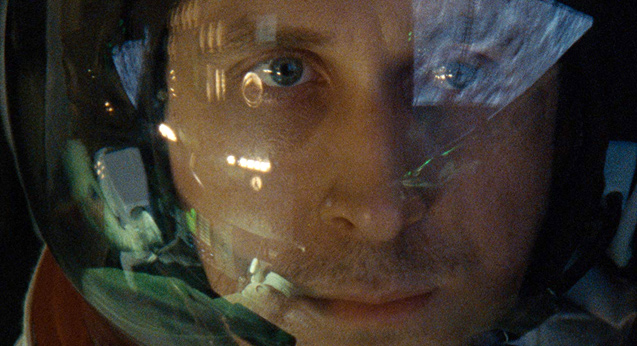Despite masterfully visceral scenes, First Man is a bit of a bore

It happened sooner than expected: at the tender age of 33 years old, Oscar golden boy Damien Chazelle decided it was time to make his stodgy, pedestrian Clint Eastwood-in-twilight biopic. With Whiplash and La La Land, Chazelle brought a distinctive brio to his tales of protagonists incurring sacrifices in the pursuit of greater ambition. First Man too, is a variant of this theme, sensitive, predominantly, to the personal collateral damage of its characters above all else.
Showcasing an impressive Nolan-esque facility with hardware Chazelle only previously hinted at, the film is unfortunately a dramatically inert chronicle of Neil Armstrong’s journey to his historic moon landing with Buzz Aldrin on July 20, 1969. In weighing up Armstrong’s inner war–his duty to science, country, family–the film rarely deviates from this one note for two hours and twenty-one minutes. We definitely get it: space travel is torture.
Individual sequences inspire awe, and are perhaps as close as we’ve come to “being there” in a theatre. The opening test flight is a riveting, masterfully visceral experience. First Man never loses sight of its central horror: these are essentially human guinea pigs, encased in clattering, claustrophobic steel coffins, sitting on gallons of rocket fuel.
But Chazelle’s solemnity-equals-profundity approach, affected with Malick-style period lyricism and grossly overused shaky-cam, makes one crave a grand entertainment like The Right Stuff or even–dare I say it–Apollo 13. Ryan Gosling imbues Armstrong with a familiar robotic remove, which made a snug fit for pulpier genre fictions like Drive and Blade Runner 2049, but struggles to connect here against the weight of history. The first man on the moon, it turns out, is a bit of a bore.

















